Fans of Korean dramas surely know a lot about Korean soju and drinking culture in Korea. It really has many peculiarities, which the journalist of GastroVino wants to share after her visit to South Korea.
“Have you eaten?”
Just one week spent in the Republic of Korea was enough for me to understand how warm and hospitable Korean people are. In this sense, I felt like home as Armenians also continue to preserve the cordial tradition of lavishly treating even strangers.
In Korean language one of the ways of saying “how are you?” literally translates to “have you eaten?” Such linguistic-thinking stems from the fact that after the 1950-1953 war, Koreans faced severe times of famine, so when worrying about someone’s well-being, they asked if one had eaten anything. These and other similar expressions continue to be part of their everyday conversations, and Koreans express their love with abundant hospitality.
Image by: Mediamax
Korean cuisine is characterized by serving dishes very hot. Often, the dish can be served with a mini gas stove to keep it warm throughout the meal. In Korean restaurants, when ordering a main dish, it is being served along with the side dishes the most popular of which is the famous Korean kimchi (fermented cabbage).
Image by: Mediamax
Water is also served for free there, and I really needed that because most of the Korean dishes were too spicy for me.
Is Soju made from rice or potato?
Fans of Korean dramas surely know what Koreans like to drink. The most common traditional drink is soju, which is a clear and colorless alcoholic beverage traditionally distilled from rice.
The spread of soju in the Korean Peninsula began in the 13th century. It was brought by the Mongols during their invasions of 1231-1273. Over the centuries, it has been modified to suit the taste perception of the locals, so traditional soju could be considered indigenous to the Korean Peninsula.
Traditional Korean soju is sometimes compared to Japanese sake, but the way they are made is quite different as sake does not undergo a distillation process.
Image by: Mediamax
Today, soju’s most popular type is the one distilled from sweet potatoes, and this has its reasons. In 1965, the government of the Republic of Korea banned the use of rice in the preparation of non-essential products, including soju, due to the shortage of rice supplies. For this reason, the method of making soju from potato starch begins to spread.
Image by: Mediamax
Although the ban was lifted in 1999, many producers continue to make soju from potatoes. Soju factories generally buy the spirit from one producer and dilute it by also adding a mixture of their own secret ingredients thus making it taste unique. The percentage of alcohol in such drinks is generally quite low, around 16 %, while the alcohol percentage in traditionally distilled soju from rice is around 50%. It is better to visit distilleries to try the unique flavor of traditional soju, because the store-bought ones are mostly diluted with water.
Image by: Mediamax
Today, the consumption of soju among Korean youth is decreasing. In the 2021 survey, 48.2% of 2,000 respondents prefer beer among alcoholic beverages, while 20.8% preferred soju.
Fun ways to fizz soju and beer mix
Koreans like to drink soju both pure and mixed with beer. Sometimes they also mix soju with Coca-Cola or Sprite.
Generally, beer and soju are mixed in a ratio of 4:1, sometimes 2:1. To make this process more fun, there are various mixing techniques, some of which I was taught in Korea.
Image by: Mediamax
The first one is very simple. After adding the soju to the glass of beer, you take the spoon and bring the broad side down to the bottom of the glass with a strong thump. The beer starts to foam nicely.
Image by: Mediamax
Another way to get foam is to use chopsticks. We put one of them in a glass in a vertical position, and holding the other horizontally, we start slightly hitting the first one with quick movements.
Image by: Mediamax
The other way is more interesting. Place the chopsticks parallel to each other on the top of the beer glass, place the small glass of soju on the top of the chopsticks, and then stronlgy hit the table. This will cause the chopsticks to recoil and the soju glass will tip over into the beer. This trick was demonstrated to me by hitting the table with a head instead of a fist.
Image by: Mediamax
There is one more technique, mixing by using a napkin, but this one is better to watch in th video below.
Repeating these tricks in restaurants is not recommended, particularly the last one, because you might just be “thrown out”.
Image by: Mediamax
Mixing the drinks in different fun ways is already less common in Korea and this culture may be lost over time.
Drinking culture in Korea
Drinking in Korea has its own culture and there are many peculiarities to know before drinking with Koreans.
I liked soju from the very first glass and decided to pour the second glass on my own. At that moment my Korean friend that was next to me, snapped his fingers and explained that they believe that when you pour yourself a drink, it may mean bad luck for the person in front of you. That was why he snapped his fingers to “drive away evil”. In such cases normally people will tap the glass with a finger and say 짠 (jjan) which means the clanking sound of glasses and is the same as “cheers”.
Image by: Mediamax
In Korea, respect for the elderly is shown at almost every level of interaction. When someone older than you pours a drink, you should raise the glass with both hands, when raising glasses make sure that your glass is lower, and turn your face while drinking as a sign of respect.
If someone older than you offers you a drink, the rejection could be perceived as not wanting to drink specifically with him and may sound offensive. Therefore, before going to Korea, I advise you to learn how to drink first, and for practicing Armenian “toti arakh” from Artsakh (Mulberry vodka) is the best option. I am just kidding, these traditions are becoming history and a simple polite refusal is acceptable for most Koreans today.
These drinking “rules” have lost their strictness over time, and the major part of the new generation no longer follows them.
Gayane Yenokyan



 ×
×
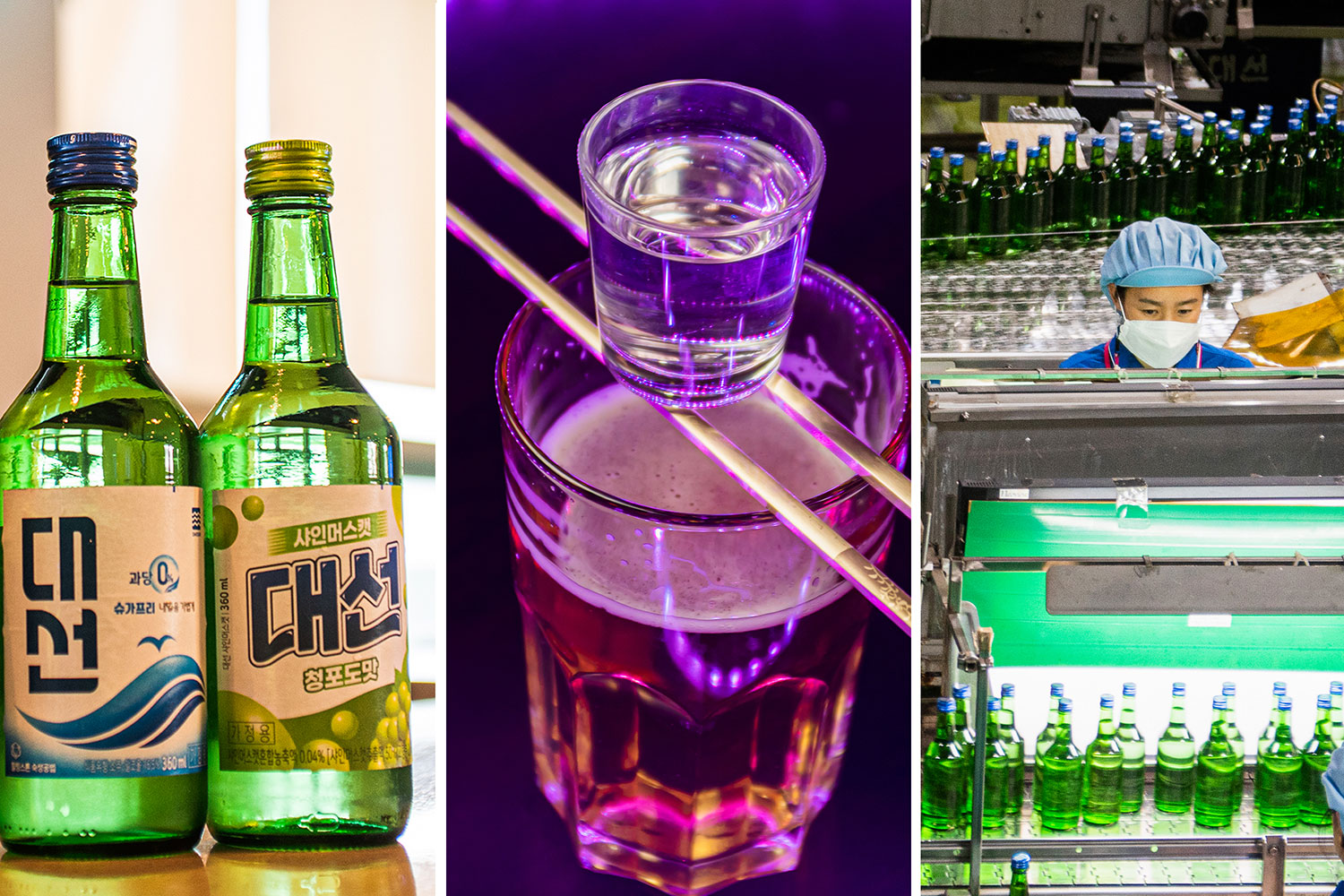

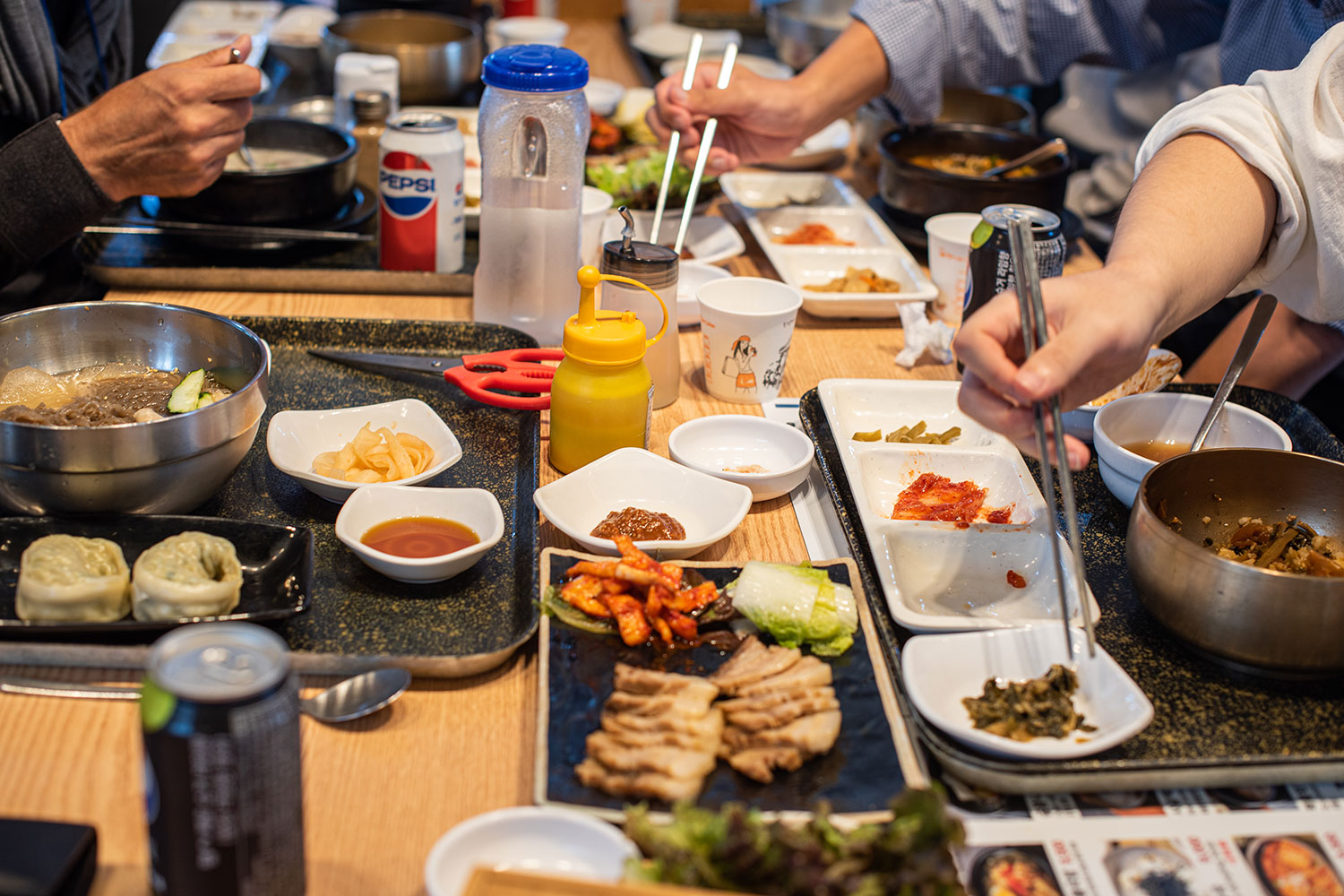
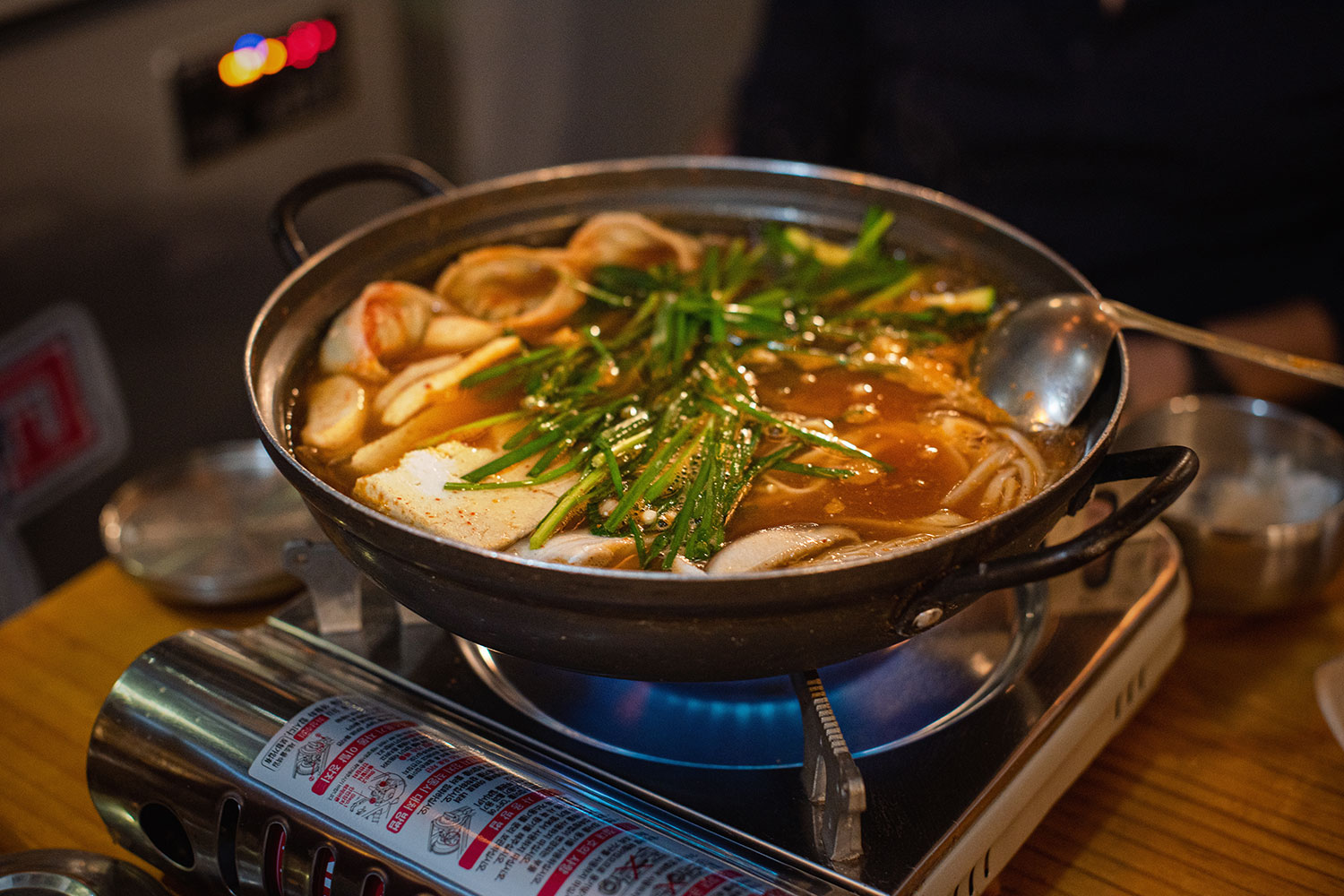
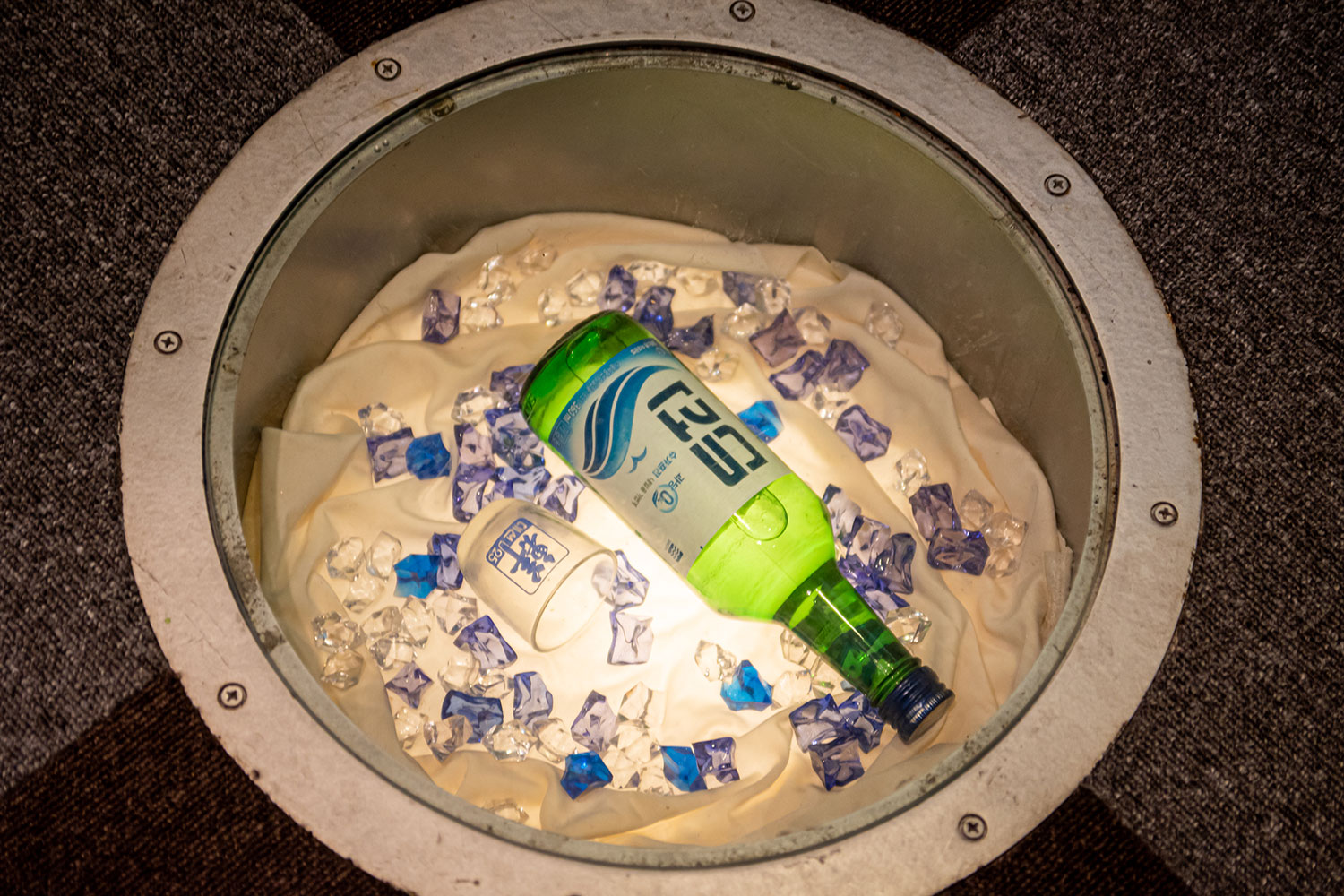
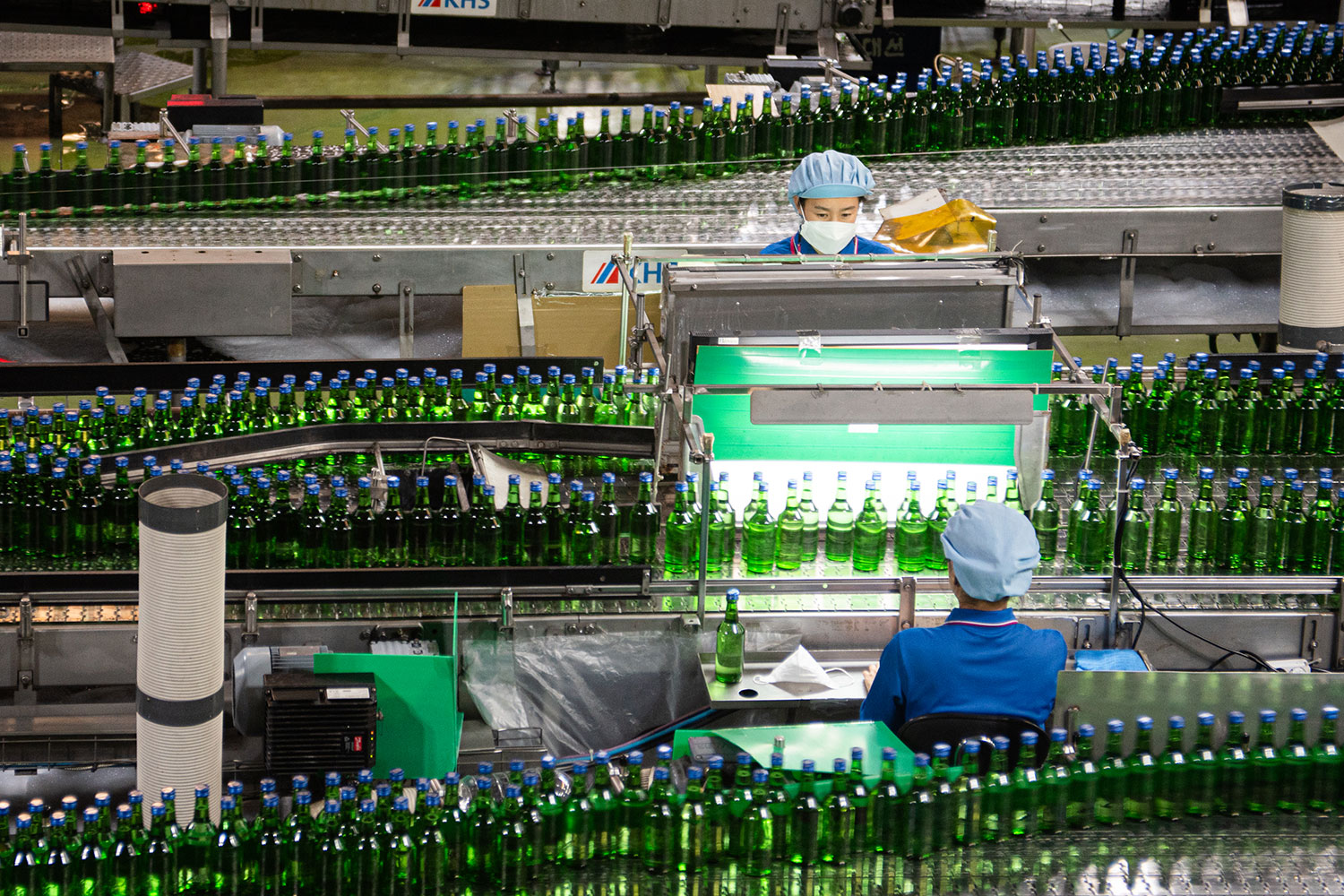
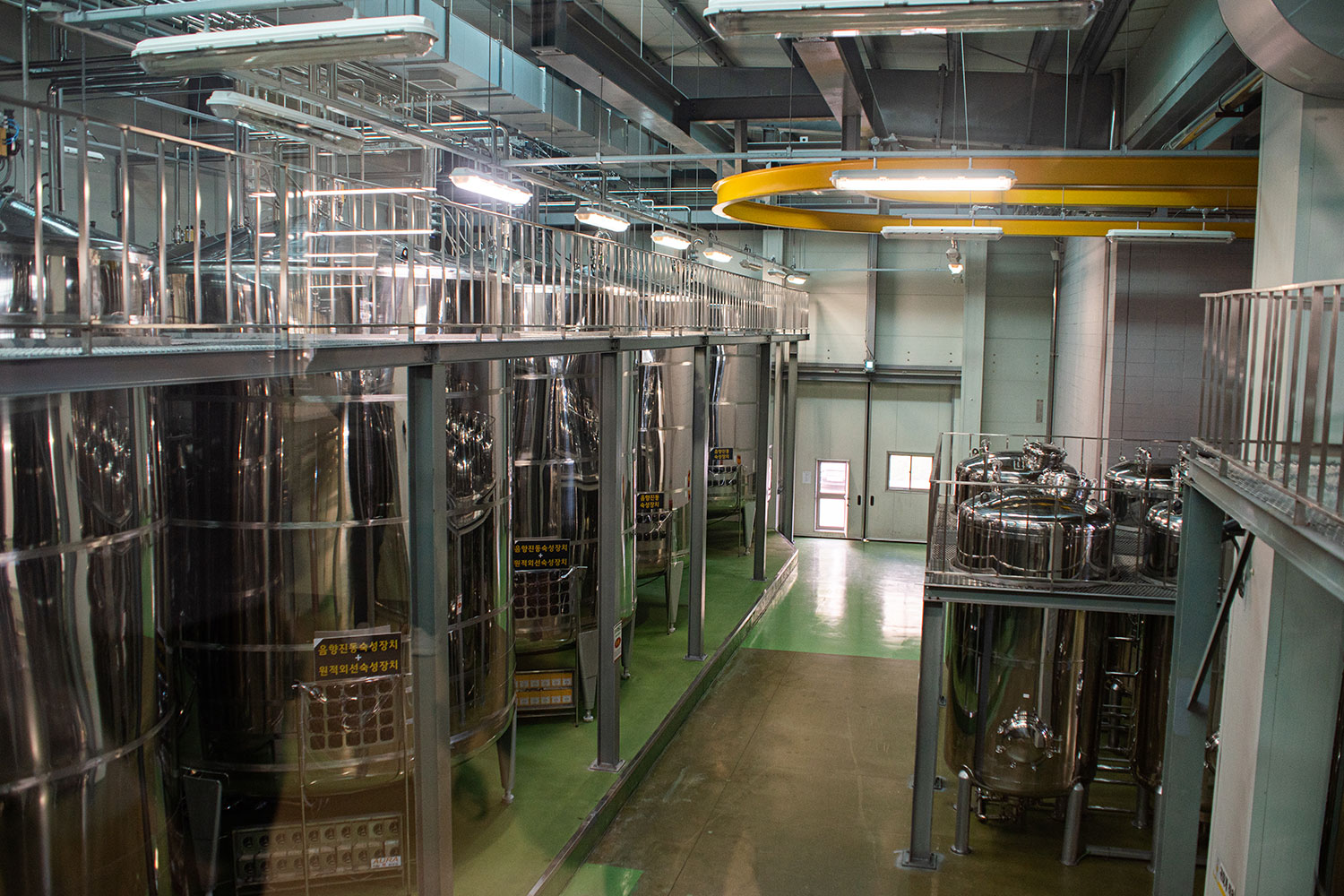


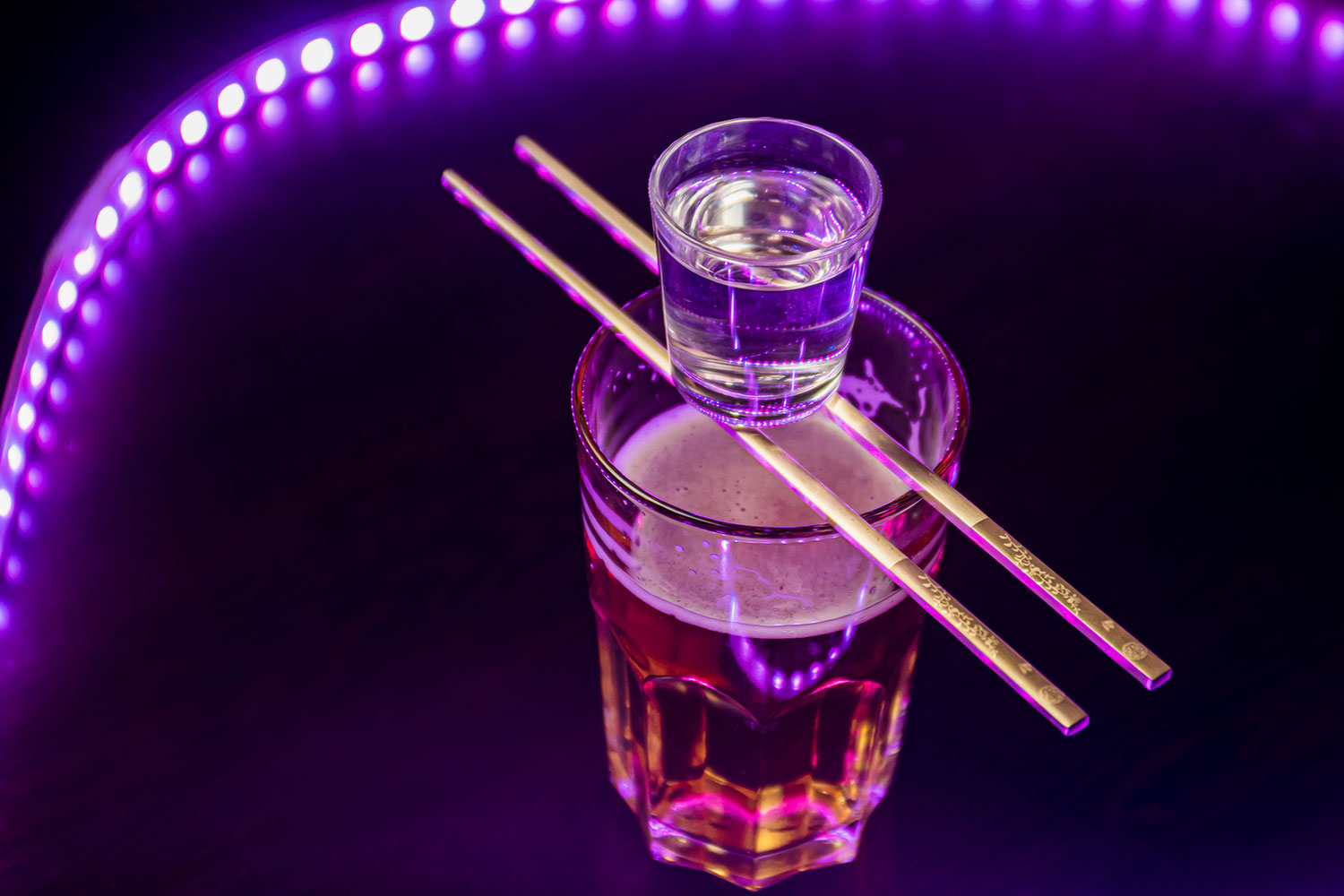
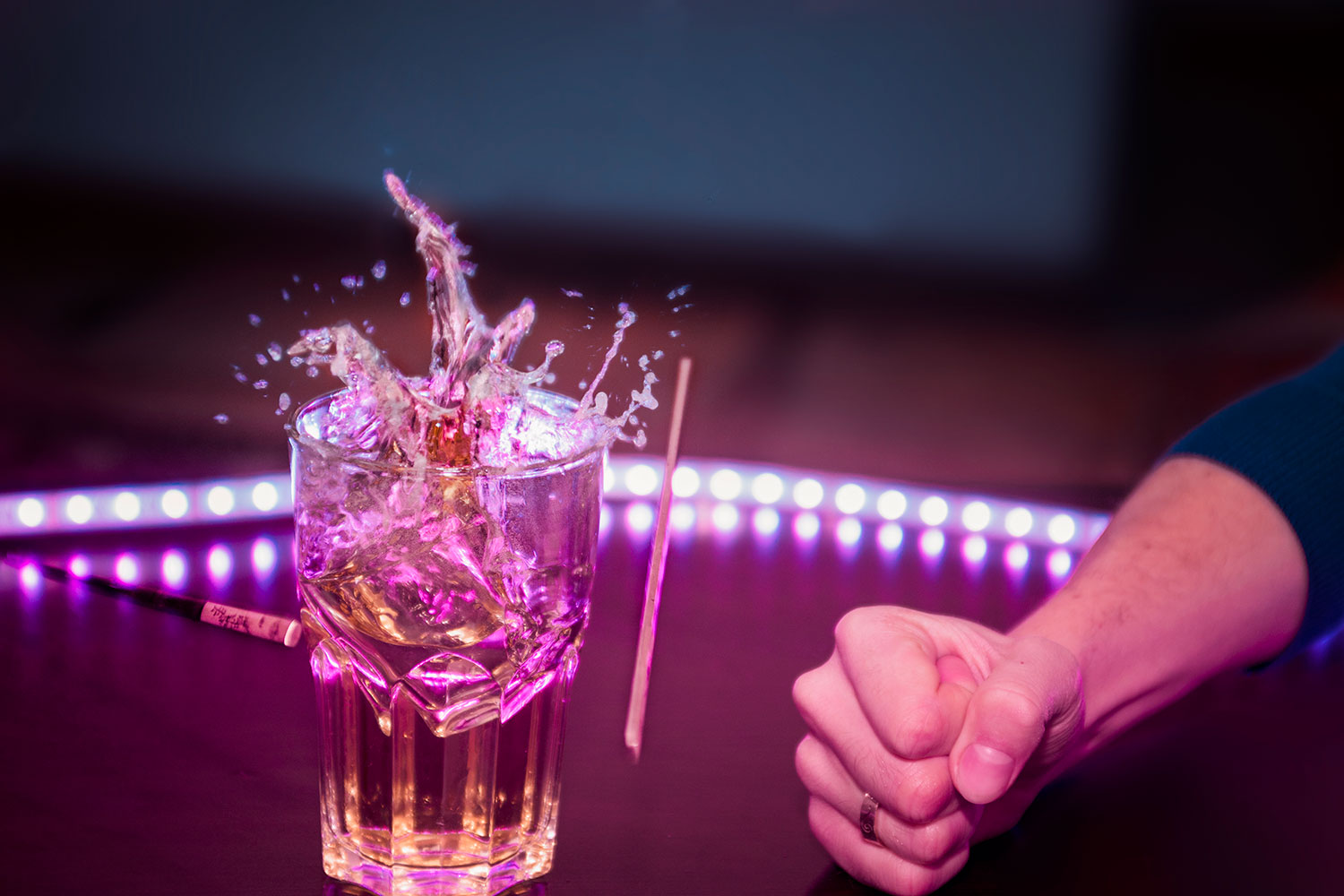
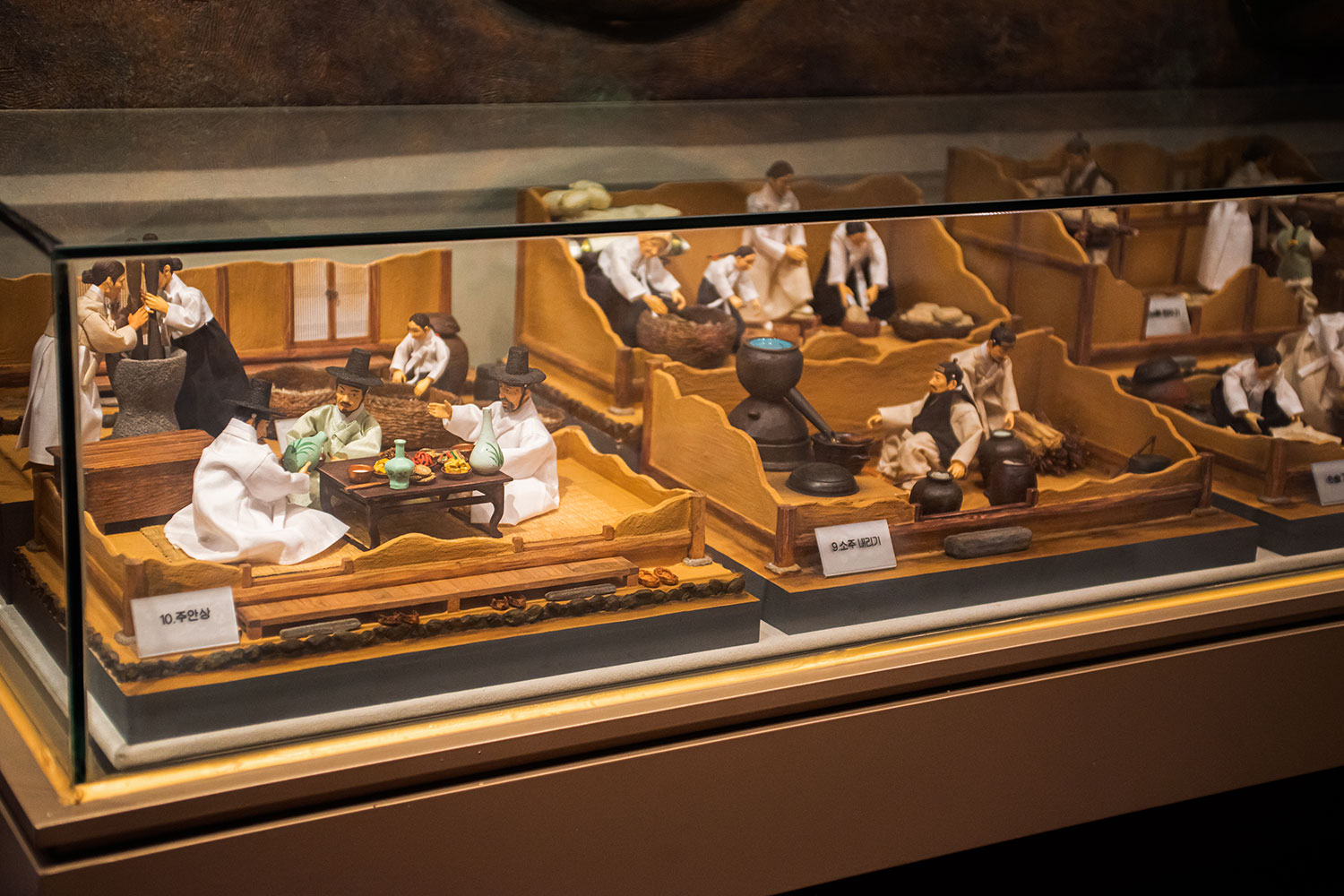









Comments
Dear visitors, You can place your opinion on the material using your Facebook account. Please, be polite and follow our simple rules: you are not allowed to make off - topic comments, place advertisements, use abusive and filthy language. The editorial staff reserves the right to moderate and delete comments in case of breach of the rules.